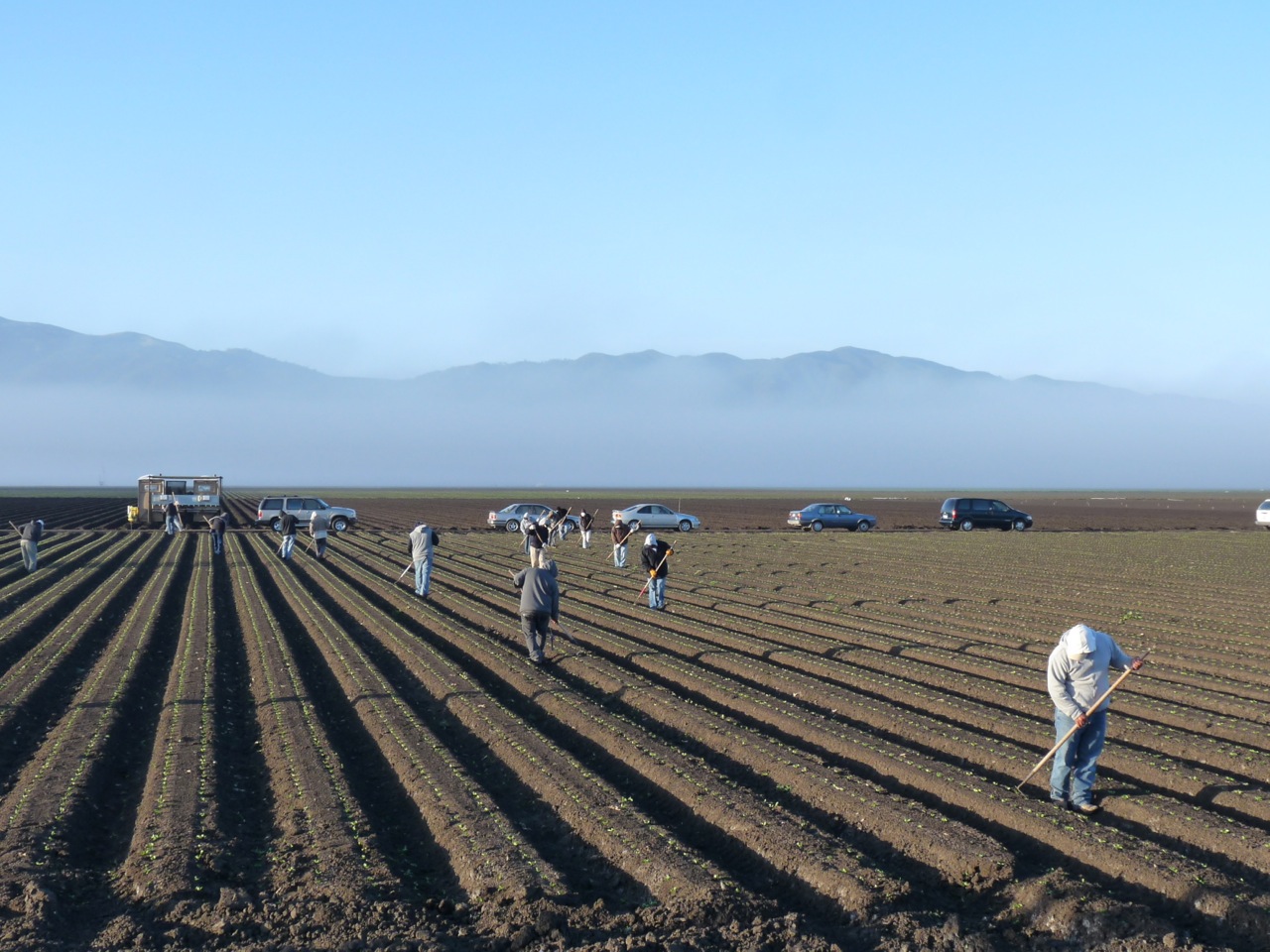Soil Health
Keeping Soils Healthy is a Top Priority
By Brian German, Associate Editor
Along with working on water issues, Jennifer Lester Moffitt, Deputy Secretary for the California Department of Food and Agriculture, addresses soil quality. Muffin said, “We need to do everything we can do increase water holding capacity so that when do irrigate, when it does rain, we are able to retain that water in the soil. And there are so many additional benefits, I need to look up the exact number, but roughly half the biodiversity of the earth is in the soil.”
While many research budgets have already been stretched thin to deal with the drought, soil research has been funded largely by the healthy soils initiative from the USDA.
Moffitt explained, “Potential state funding sources might be green house gas reduction revenue, but in order to use that money, we would have to show carbon offsets. If we were able to do that, we could show demonstration projects and develop incentives for farmers to sequester carbon, and the impact could be immense. I mean, we have 9 million acres of farmland in the state, and even if we get a small percentage of growers to adopt these practices, we could really make a huge impact.”
Moffitt stated, “You know, I think definitely there are benefits to managing the soil, studying the drought and looking at how we can be more resilient. Particularly for agriculture during drought, maintaining excellent soil health provides a huge benefit–I think a dual benefit–along with mitigating climate change. There’s a whole handful that healthy soils can do.”
Moffitt also mentioned other departments involved in the health soils initiative, “The Department of Conservation is working on this, especially with their Farmland Mapping and Monitoring Program (FMMP).” According to the The Department of Conservation’s Division of Land Resource Protection (DLRP) website, FMMP “produces maps and statistical data for analyzing impacts on California’s agricultural resources. Agricultural land is rated according to soil quality and irrigation status; the best quality land is called Prime Farmland. The maps are updated every two years with the use of a computer mapping system, aerial imagery, public review, and field reconnaissance.”
“CalRecycle,” continued Moffitt, “especially with regard to compost and their goal to reduce green waste in landfills by composting and applying it on agricultural land, is a win-win, all around. Also, the Water Board, Air Resources Board, Department of Water Resources and the land they manage, are really part of a holistic approach.”










